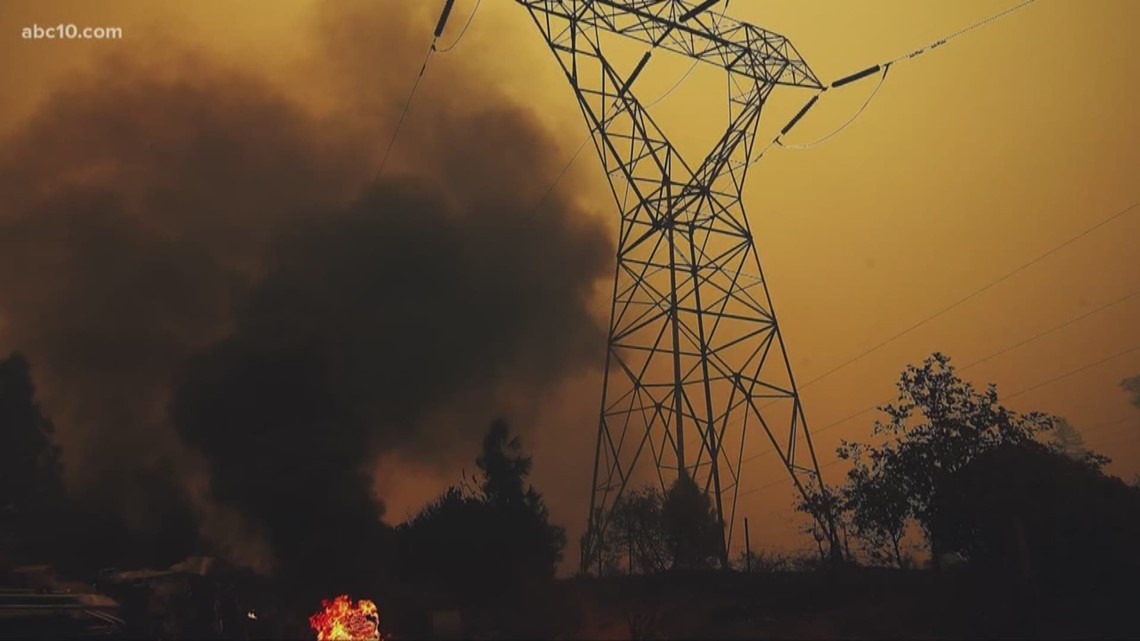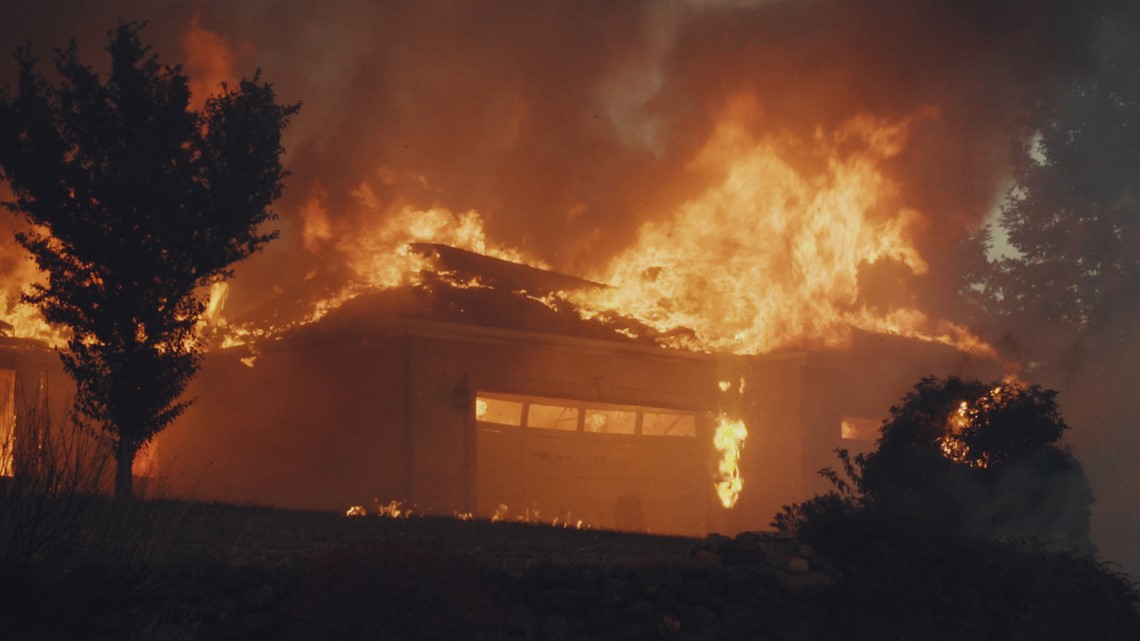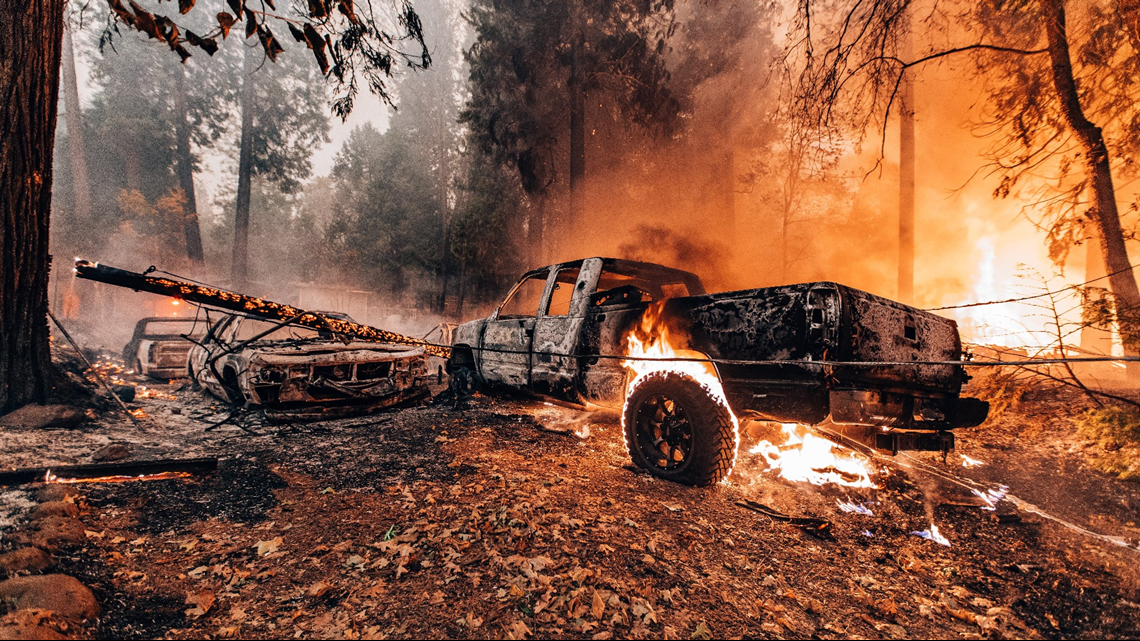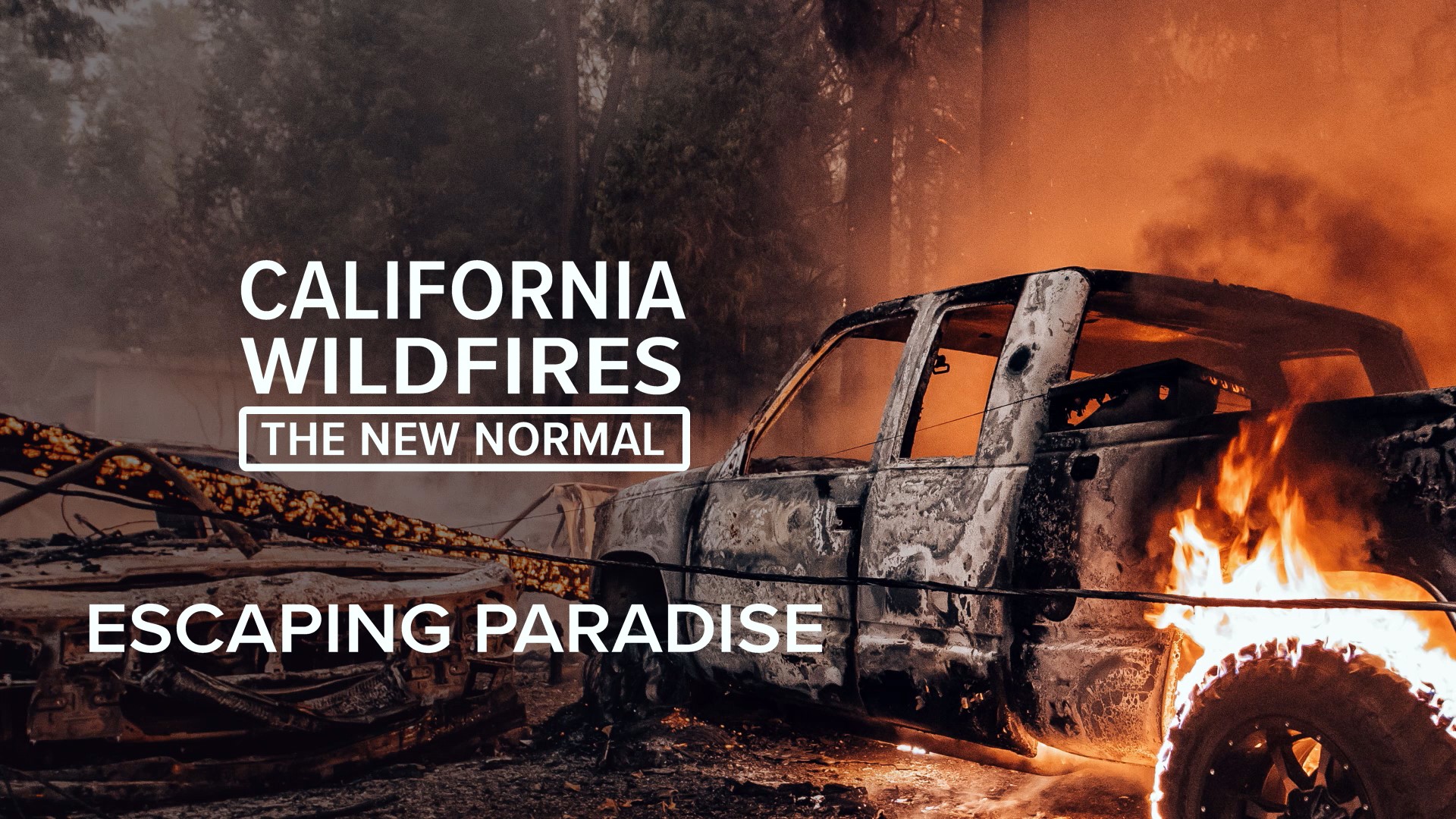By. Brandon Rittiman
SACRAMENTO, Calif. -- Power company PG&E could be exposed to potential criminal charges as serious as murder in the deaths of 86 people during last month’s Camp Fire, if the utility is found responsible for “recklessly” causing the fire to burn.
That revelation came in a brief from the California attorney general’s office, which was asked by a federal judge to weigh in on the potential for criminal charges in the fire—the deadliest and most destructive fire in California history.
The official cause of the Camp Fire is still under investigation, but the first flames spotted by fire crews were located directly beneath an active PG&E high-tension power line about eight miles from the town of Paradise.


Forty thousand people lived in the town and the ridge around it. Almost all of the community’s homes and businesses were lost. Most of the 86 people killed were found dead in their homes or outside on foot, though some lost their lives when their cars burned during evacuations.
Many in the fire’s path said they had no warning that the flames were coming, spread by hot embers carried in high winds.
POTENTIAL CRIMINAL CHARGES DEPEND ON THE FACTS
The attorney general’s brief stresses that its brief is not a preview of pending charges, but rather an outline of what charges could be possible under California law depending on the findings of the investigation into the fire’s cause.
“Ordinary negligence” would not be enough to convict PG&E of a crime at all, the brief says.
But if a jury finds “criminal negligence” or “recklessness” on the part of PG&E, the company could be charged with any of four possible criminal violations:
- Failing to clear vegetation from a power line or pole (misdemeanor)
- Starting a wildfire (felony)
- Involuntary manslaughter (felony)
- Implied-malice murder (felony)
The brief cautions that even if PG&E were found responsible for causing the fire, any potential criminal liability would depend on the “mental state” of the company.
“If PG&E caused any of the fires, the investigation would have to extend into PG&E’s operations, maintenance, and safety practices to determine whether criminal statutes were violated,” the attorney general’s office wrote. “This brief expresses no position on any such factual questions.”


Lawyers representing victims and survivors of the Camp Fire have already filed multiple civil lawsuits seeking damages for the death and destruction cause by the fire.
PG&E has warned investors that it does not have enough insurance coverage to pay those damages if it is found liable for causing the fire.
In a written statement to ABC10 on Friday night PG&E did not directly address the potential for criminal charges, saying that it was focused on “assessing our infrastructure to further enhance safety and helping our customers continue to recover and rebuild.”
IT MATTERS MORE BECAUSE PG&E IS A CONVICTED FELON ON PROBATION
The brief from the attorney general’s office was requested by the federal judge overseeing PG&E’s felony probation.
In 2016, PG&E was convicted of multiple federal felonies after the deadly 2010 San Bruno gas pipeline explosion. The convictions included five counts of willfully skirting federal pipeline safety laws and attempting to obstruct the federal investigation into the disaster.
As a result, PG&E was fined, sentenced to 10,000 hours of community service and put on five years of probation. If the company commits another crime during that time, it would violate their probation.
JUDGE DEMANDS ANSWERS BY YEAR’S END
That’s why Federal Judge William Alsup asked for the state attorney general to weigh in on whether “reckless operation or maintenance of PG&E power lines would constitute a crime under California law.”
As part of its sentence for the felonies, PG&E also was required to accept a court-ordered monitor. Rather than something like an ankle monitor to track its location, PG&E’s monitor is a human being named Mark Filip—a former federal judge assigned to keep an eye how PG&E’s compliance with federal laws and the court’s rulings.


Alsup also ordered answers to a list of questions about the fire from the monitor, PG&E, and the federal prosecutors in the San Bruno case.
Among the answers the judge demanded is “an accurate and complete statement of the role, if any, of PG&E in causing and reporting” the Camp Fire and any other wildfires that have occurred in California since PG&E’s felony judgement.
Those answers are due New Year’s Eve.
Continue the conversation with Brandon on Facebook.
________________________________________________________________
WATCH MORE: If a picture is worth a thousand words, Jeff Frost has photographed a library on California wildfire. For the past five years, he's been documenting California’s biggest fires. When Frost changes the shutter speed or the exposure, the complexities of wildfire come into focus.

